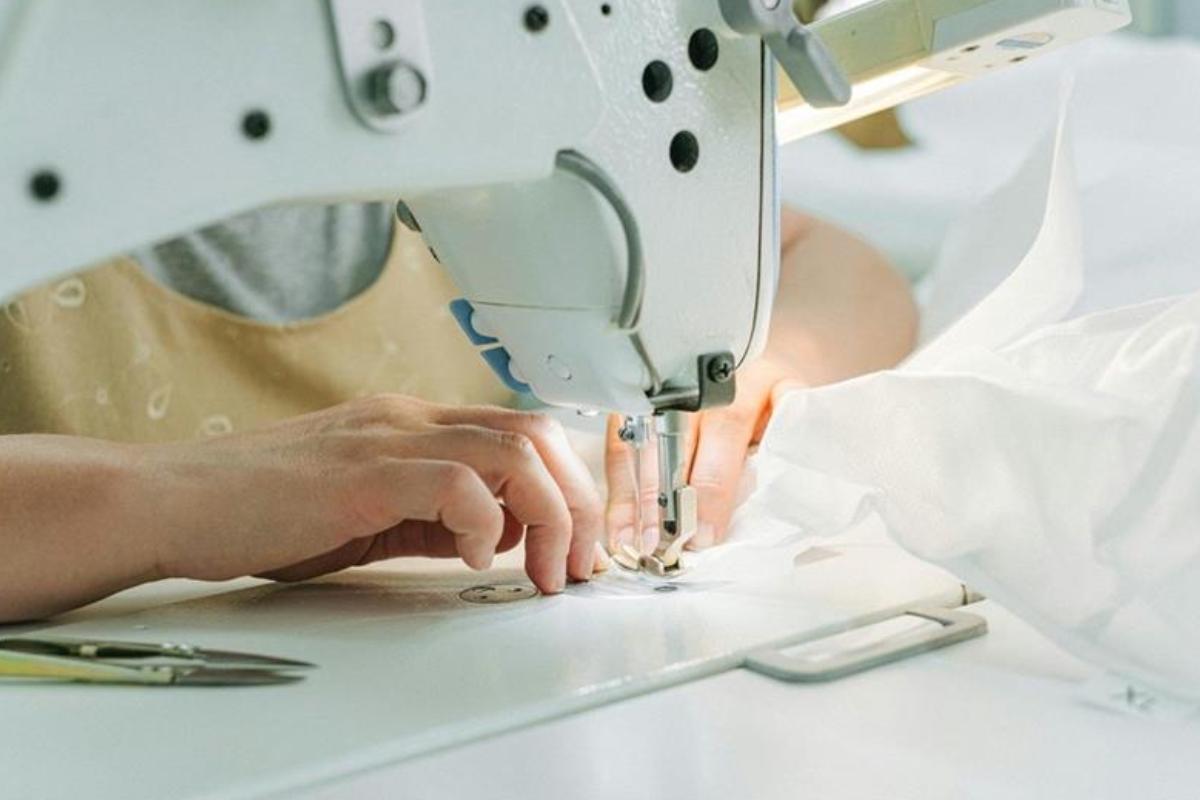How to Maintain Industrial Sewing Machines: Preventative Care and Common Faults

Industrial sewing machines are the backbone of high-volume textile and upholstery production. Unlike their domestic counterparts, these machines are built to run long hours with unmatched speed, strength, and precision. However, to keep them operating smoothly and reduce downtime, regular maintenance is crucial. In this blog, we’ll cover how to properly maintain your industrial sewing machines, the most common faults that can occur, how to prevent them, and which components are most likely to wear out over time.
Table of Contents
1. The Importance of Regular Maintenance
Industrial sewing machines often run for hours each day. Without regular upkeep, they can fall victim to reduced performance, costly breakdowns, and even permanent damage. A well-maintained machine:
- Improves stitching quality
- Increases operational efficiency
- Reduces the risk of unscheduled downtime
- Extends the machine’s lifespan
2. Daily Maintenance Checklist
Here are simple yet effective daily maintenance routines to follow:
a, Clean the Machine
- Dust and lint removal: Use a small brush or compressed air to remove lint, thread clippings, and fabric dust, especially around the bobbin area, feed dogs, and needle bar.
- Wipe down: Use a soft cloth to clean the surface and prevent grime buildup.
b, Oil Moving Parts
- Most industrial sewing machines require regular lubrication. Use manufacturer-recommended sewing machine oil and apply it to key areas like the needle bar, rotary hook, and drive components.
- Machines with self-lubrication systems still need oil checks and top-ups.
c, Check Needle Condition
- Replace needles daily or after heavy use. A dull or bent needle can cause skipped stitches and fabric damage.
d, Inspect Thread Tension
- Uneven stitches can often be traced back to incorrect thread tension. Check for balance in the stitch quality and adjust as needed.
3. Weekly and Monthly Maintenance Tasks
Weekly
- Check belt tension and condition.
- Inspect thread path for any burrs or snags.
- Check timing belt and drive shaft alignment.
Monthly
- Deep clean interior components.
- Remove needle plate and clean underneath.
- Check and clean motor fans and filters (especially for servo motors).
4. Common Faults and How to Avoid Them
Here are some of the most frequent issues with industrial sewing machines, along with their likely causes and prevention tips:
a, Skipped Stitches
Causes:
- Worn or bent needle
- Incorrect needle size/type
- Timing issues between needle and hook
Prevention:
- Use the correct needle for your fabric
- Replace needles regularly
- Have the timing checked by a technician if recurring
b, Thread Breakage
Causes:
- Poor thread quality
- Incorrect threading
- Burrs in thread path
- Excessive tension
Prevention:
- Use high-quality, compatible thread
- Thread machine correctly
- Check guides and discs for sharp edges or snags
c, Fabric Jamming
Causes:
- Feed dog obstruction
- Improper presser foot pressure
- Incorrect needle/thread combo
Prevention:
- Clean feed dogs regularly
- Adjust presser foot pressure according to fabric
- Use compatible thread and needle sizes
d, Machine Not Starting
Causes:
- Electrical faults
- Motor failure
- Safety switch misalignment
Prevention:
- Inspect cords and plugs
- Ensure safety guards and switches are in the correct position
- Schedule regular checks with a technician
5. Parts That Commonly Wear Out Over Time
Even with regular maintenance, some industrial sewing machine parts naturally wear out over time and will therefore need periodic replacement:
| Part | Why It Wears Out | Signs It Needs Replacing |
| Needles | Constant impact and friction | Skipped stitches, broken thread, fabric pulls |
| Bobbin Case | Friction and thread wear | Thread jams, inconsistent stitching |
| Feed Dogs | Contact with fabric and debris buildup | Uneven feeding, damaged fabric |
| Presser Foot | Pressure and repetitive contact with fabric | Uneven stitch, slipping fabric |
| Drive Belt | Heat, friction, and wear | Slipping motion, burning smell |
| Rotary Hook | Metal-on-metal wear and thread tension | Skipping stitches, thread nesting |
| Tension Discs | Dust, thread wear, and usage | Unstable thread tension |
6. Pro Tips for Industrial Sewing Machine Longevity
- Keep a logbook: Record maintenance checks and part replacements.
- Train staff: Ensure operators know the basics of machine care and fault identification.
- Use genuine parts: Replacing worn parts with OEM (Original Equipment Manufacturer) components ensures compatibility and quality.
- Schedule servicing: Bring in a qualified technician every 6-12 months for an in-depth checkup.
Conclusion
Industrial sewing machines are durable workhorses, but they aren’t invincible. Regular cleaning, timely oiling, and proactive checks can drastically reduce downtime and improve performance. By knowing which faults to watch for and understanding which parts wear out most, you can ensure your machines continue to deliver quality results and long-term reliability.
If you’re running a workshop or factory floor, consider creating a maintenance schedule and assigning responsibilities – because a few minutes of care each day can prevent hours of repairs down the line.
Also Read: Avoiding the Most Common Mistakes That Get Businesses Fined

